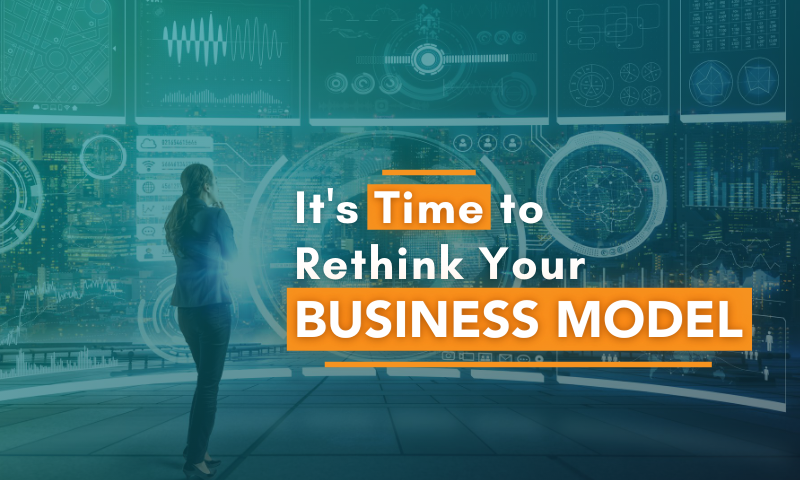As tech consultants and staffing experts, we are no strangers to business transformation. In order to stay competitive, businesses must constantly look for opportunities to adapt and evolve. Since the coronavirus hit earlier this year, the need to innovate has become even more critical.
We know change isn’t easy, especially in the midst of a global pandemic. But here’s the silver lining— this could be an opportunity to rethink multiple aspects of your business to make it stronger and more sustainable long-term…like the way you approach your workforce.
In this ten-part series, MAU’s president Randy Hatcher is sharing how to make the most of this time by exploring the “what ifs” of your company and unlocking new ways of thinking to better focus on the parts of your business that truly matter.
If you missed it, be sure to check out part one of this series: Workforce Transformation is the Key to Future-Proofing Your Business.
Transformation is Necessary to Your Business
Ray Meads was the VP of Butler Manufacturing, a division of the Pisces Group. He had risen swiftly through the ranks of this international giant by taking advantage of the parent company’s financial strength as it acquired competitors, which in turn provided him greater opportunities.
This climb had continued for two decades, and now at the age of forty-five, Ray was beginning to realize that he had been blinded by the intoxicating pace and rewards of his corporate ascension. Although what he had been doing for years in building new plants and rolling up competitors had undoubtedly proved successful, something had changed along the way.
In the current marketplace, he needed to evaluate how his business model had eroded. You see, Ray had been reading from the old labor blueprint from which many other executives are still reading today. They keep doing things the same way, sticking to their knitting. After all, it’s always worked in the past.
Yes, Ray had contracted out the low-hanging fruit of standard corporate functions—security, janitorial, trucking, food service, and landscaping. But inside the plant, where his products were made, lived the sacred cows: the full-time employees who managed the manufacturing and support processes. Occasionally, Ray called in a small percentage of temporary help for peaks and special projects. However, in the end, he was absorbing the impact of the long-term, fixed labor costs of his plants. Even after driving down his inventory and raw material costs as far as he could, he was becoming less competitive not only with his rivals but also with his own company’s sister plants.
Does this story sound far-too-familiar? If so, it might be time to evolve the way you approach your workforce.
Even if you’re in the midst of fantastic growth, a transformation may be necessary to sustain your business success.
Here are some telltale signs to look out for:
- Have you made many business changes over the years but found your market share still slipping?
- Are you constantly making excuses to avoid addressing the high price tag and inefficiencies of your full-time regular workforce?
- Are you afraid to eliminate any of your sacred cows?
If you answered yes to any of these questions, be sure to follow along with the entire 10-part series. Next time, we’ll break down the old labor blueprint and explore how it is creating dangerous, ever-growing debt for business owners to this day.
Note: This blog post was inspired by and adapted from Randall Hatcher’s book, “The Birth of a New Workforce” and originally appeared here.
{{cta(‘f3877cca-46e8-4173-88de-6a71e29af8c0’)}}

